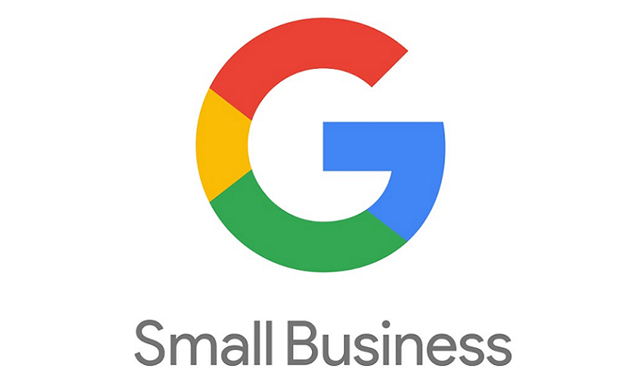In an effort to help small businesses connect better with their customers online, Google is promoting five non-advertising tools to create and manage a business’ online presence. The free tools, which Google released last year, provide a number of benefits and help highlight the uniqueness of an individual business to potential customers.
The tools serve various purposes: improve the search experience, help small and medium-sized businesses (SMBs) reach and engage with customers, and generate more original content on Google. Additionally, the tools can be managed via Google My Business (GMB).
The first of the tools, and arguably the most valuable, the website developer allows SMBs to create a website for their business within minutes. In roughly the first month, according to Mike Blumenthal, Google saw the creation of approximately 250,000 websites. This is a dramatic pace — many thousands of sites per day.

The website is created using information generated directly from a GMB listing, and can be edited with custom text, photos and various design elements. Users can choose a custom domain, and manage their website from any device. All of the sites are mobile responsive, and update automatically with new information from GMB listings.
Posts, another tool offered, allows SMBs to engage in unique ways with their current customers, and helps attract new customers. Whether highlighting daily featured items, or promoting upcoming events, Posts allows SMBs to share relevant updates in real time. These posts then appear on the GMB listing, where customers can read and share them.
The Questions and Answers feature allows SMBs to add frequently asked questions to their GMB listing. The tool allows SMBs to curate the content by featuring the most common or important question and answers prominently on the GMB listing.

Another resource, the Business Dashboard (above), provides a means for business owners to regulate their online presence on Google directly from Google Search. SMBs can enhance their business listings, share relevant photos and posts, and monitor views. The Business Dashboard is designed to help businesses grow their customer base and increase engagement.
To assist customers looking to contact your business quickly, the Messaging tool allows customers to text a SMB directly on the GMB listing. Business owners can then respond promptly, and provide immediate, useful feedback. Phone numbers remain private when using this feature, so customers can communicate safely and easily.
These features appear to be geared towards cost-conscious SMBs with an appetite for DIY marketing. However, given Google’s prominence in local discovery, these tools offer powerful ways for SMBs to engage with potential customers online. It will be interesting to see how adoption of these tools and the content generated from them impact search results.



